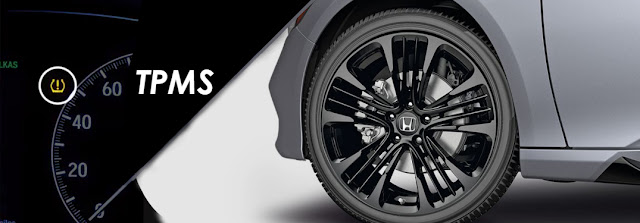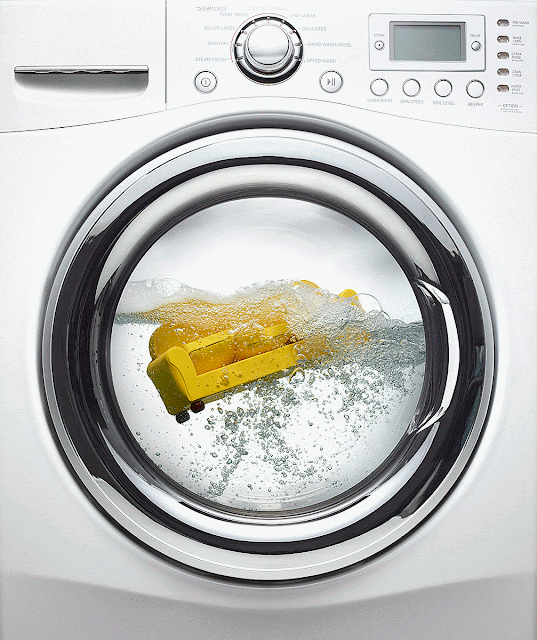Pressure Measurement
Pressure measurement
- A lot of people may have encountered pressure measurement in the day to day life, such as checking the air pressure in a tire. What most people don’t know is that they are using a pressure sensor.
- Before we dive into details about pressure sensors, let’s first understand what is pressure.
Pressure
is an expression of a force exerted on a surface per unit area. Mathematically, the pressure is represented as:
Pressure (P) = Force (F) / Unit Area (A)
Units of Pressure
A pressure sensor or transducer is used to measure the pressure of liquids or gases and is represented using standard unit “Pascal”.
Pascal = Newton / Meter2
The pressure sensor monitors the pressure and can simply display it one of the several units used across the globe such as:
- Pascal,
- bar,
- PSI (pounds per square inch),
- atm (atmospheric pressure)
Measurement of pressure inside a pipeline or a container in an industrial environment is a challenging task, keeping in mind that pressure may be very high, or very low (vacuum); the medium may be liquid, or gaseous. Several types of pressure sensors are available in the market. The most commonly used pressure sensors are
- Bourdon tube
- Diaphragm Seals
- Bellows
- Differential Pressure Transmitters (DPT)
Bourdon tube
- Bourdon tube pressure gauge is extensively used for local indication and was first developed by E. Bourdon in 1849.
- Bourdon tube pressure gauges can be used to measure over a wide range of pressure: from vacuum to pressure as high as few thousand psi.
- A bourdon tube pressure gauge consists of a C-shaped hollow tube, whose one end is fixed and connected to the pressure inlet tapping, while the other end is free.
- The cross-section of the bourdon tube is elliptical.
- When pressure is applied, the elliptical tube tries to acquire a circular cross-section; as a result, stress is developed and the tube tries to straighten up.
- Thus, the free end of the tube moves up, depending on the magnitude of the pressure.
- A deflecting and indicating mechanism is attached to the free end that rotates the pointer.
 The bourdon tube pressure gauge can be
used in a variety of applications and covers the majority of the applications and is considered as the first choice for pressure measurement.
However, when the bourdon tube pressure gauges reach their limits, then
diaphragm seal pressure gauges are used.
The bourdon tube pressure gauge can be
used in a variety of applications and covers the majority of the applications and is considered as the first choice for pressure measurement.
However, when the bourdon tube pressure gauges reach their limits, then
diaphragm seal pressure gauges are used.Limitations:
- Cannot be used for low-pressure ranges
- No overload protection
- Pressure measurement of critical media is not possible
Diaphragm seal
- Diaphragms may be of three types: Thin plate, Membrane, and Corrugated diaphragm. This classification is based on the applied pressure and the corresponding displacements.
- The thin plate is made by machining a solid block and making a circular cross-sectional area with a smaller thickness in the middle. It is used for measurement of relatively higher pressure.
- In a membrane, the sensing section is glued in between two solid blocks. The thickness is smaller; as a result, when pressure is applied on one side, the displacement is larger.
- The sensitivity can be further enhanced in a corrugated diaphragm, and a large deflection can be obtained for a small change in pressure; however at the cost of linearity.
- A diaphragm based pressure gauge consists of a diaphragm that deforms when pressure is applied.
- In diaphragm based pressure gauges, the pressure is transmitted via a wave-shaped diaphragm to a link.
- This then transfers the pressure to the movement.
- The diaphragm based pressure gauges can be used effectively for measuring low pressures.
- Due to the large diaphragm surfaces, pressure measurement from 16 millibars is possible.
- For the bourdon tube pressure gauge, the smallest range of measurements is 600 millibar.
- The diaphragm based pressure gauges can provide protection against overload and can also be used to measure critical media.
Advantages:
- Can be used for low-pressure ranges
- Provides overload protection
- Pressure measurement of critical media is possible by using a variety of materials such as Hastelloy, tantalum, and coded with special materials such as PFA or Gold
Bellows
- Bellows are made with a number of convolutions from a soft material and one end of it is fixed, wherein air can go through a port.
- The other end of the bellows is free to move.
- The displacement of the free end increases with the number of convolutions used.
- The number of convolutions varies between 5 to 20.
pA = kx
where A is the area of the bellows,
k is the spring constant and
x is the displacement of the bellows.
Phosphor Bronze, Brass, Beryllium Copper, Stainless Steel are normally used as the materials for bellows. Bellows are manufactured either by
Differential Pressure Transmitters
- Delta-P or DP is the industry-standard term for the differential pressure measured where Delta means “change in” and P means “Pressure”. People use the term Differential Pressure Sensor, a DP- sensor or Differential Pressure Transmitter, a DPT.
- A DP Transmitter is a pressure-measuring gauge or an electrical device that uses two elements (primary and secondary) to measure the difference in pressure in a sealed container such as a pipe or tank. A DP transmitter consists of a primary element, a secondary element, and electronic housing.
- The primary element produces differential pressure as the flow in the pipe increases. The common primary elements to generate differential pressure are orifice plates, flow nozzles, Venturi tubes, and pitot tubes.

- The secondary element in a DP transmitter has sealed diaphragms, which converts the pressure applied on the diaphragm into an electrical signal by using one of the several ways such as differential capacitors, vibrating wires, or strain gauges.

- The electronics housing processes amplify and convert the electrical signal into voltage or currents that can be read by the controller. The standard electrical signals are 4 to 20 milliamp current or 0 to 5 volts voltage.










Comments
Post a Comment